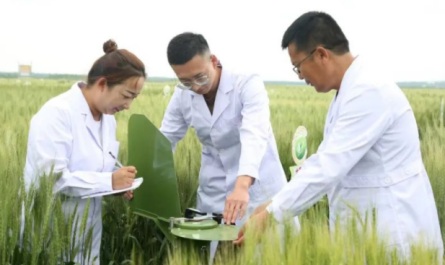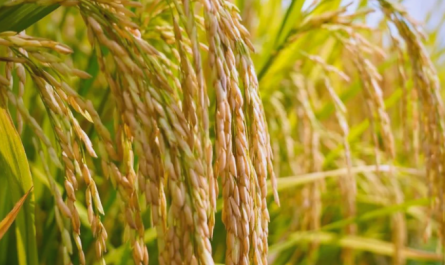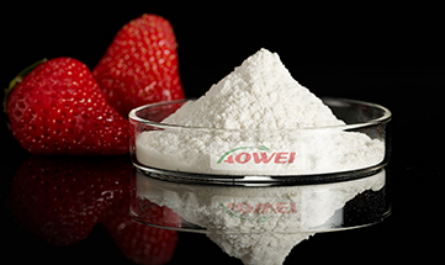Knowledge
-
Differences and Applications of Zeatin Trans-Zeatin and Trans-Zeatin RibosideDate: 2025-12-12Zeatin promotes cell division and can affect other stages of the cell cycle. Its functions include inhibiting chlorophyll and protein degradation, slowing respiration, maintaining cell vitality, delaying plant senescence, reversing toxic effects on leaves, inhibiting root formation, and promoting shoot formation at high concentrations.

-
14-Hydroxylated brassinolide Supporting Scientific Planting and Application Analysis of Typical CropsDate: 2025-12-1014-Hydroxylated brassinolide can precisely act on each stage of plant growth: promoting root and seedling growth during the seedling stage, protecting flowers and fruits during the flowering stage, and improving quality during fruit enlargement, allowing crops to do the right thing at the right time.

-
Choosing the Right Plant Growth Regulators to Increase Yields and IncomeDate: 2025-12-05In agricultural production, choosing the right plant growth regulators is one of the important means to increase yields and income. Below are some common and effective regulators and their main functions.

-
What are the classifications of cytokinins?Date: 2025-12-03Natural cytokinins include:Kinetin (KT):Isolated from herring sperm cells in 1955, it was the first naturally discovered cytokinin.
Zeatin (ZT): Isolated from immature maize seeds, it stimulates cell division, promotes chlorophyll formation, accelerates metabolism, and protein synthesis.Dihydrozein (DHZ):Similar to zein, it is also a natural cytokinin.



